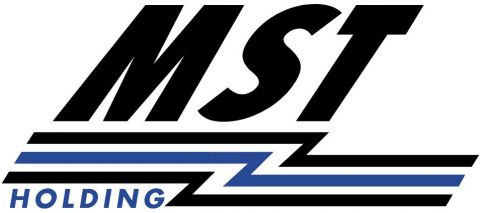Customer service is a fundamental aspect in any industry, and the consumer electronics industry is no exception. With the rapid advancement of technology and the increasing demand for electronic products, companies face unique challenges in providing a satisfactory experience to their customers. In this article, we will delve deep into the importance of customer service in the consumer electronics industry, focusing on the relevance of post-sale support through the call center.
The Importance of Customer Service in Consumer Electronics
First and foremost, it’s essential to understand that the success of a consumer electronics company largely depends on the quality of its customer service. Customers want the assurance that their investment in a product will be backed by excellent post-sale service. This involves providing effective and accessible communication channels, such as customer service phone lines, online chat, and email support.
Promptness in Response and Problem Resolution
Promptness in response is key. Customers not only expect quick answers to their inquiries but also fast solutions to any issues they may encounter with their products. It is crucial to have a well-trained and efficient customer service team capable of resolving issues quickly and effectively.
When a customer encounters a problem or has a question about an electronic product they’ve purchased, they desire immediate answers. The availability of communication channels like online chat or telephone service is essential to ensure that customers can get assistance promptly. Delayed responses or problem resolution can lead to customer dissatisfaction and ultimately impact the company’s reputation.
Post-Sale Service Through the Call Center
Post-sale support plays a crucial role in the consumer electronics industry, and the call center has become a key tool for providing a satisfactory customer experience after the purchase. The importance of this service lies in several aspects.
Firstly, post-sale support through the call center provides customers with peace of mind, knowing they have ongoing backup and assistance after acquiring an electronic product. Customers want to feel supported and confident that they can get help if they encounter any issues with their product. The call center offers the opportunity to communicate directly with a trained customer service representative who can provide real-time assistance and guidance.
Fast and Convenient Communication
Additionally, the call center allows for fast and convenient communication. Customers can make inquiries, report problems, or request assistance simply by making a phone call. This eliminates the need to physically visit a store or send emails that may take longer to receive a response. The availability of the call center 24/7 allows customers to receive help when they need it most, enhancing their service experience.
Consider a customer who purchases a state-of-the-art television and encounters a technical issue after setting it up at home. They might feel frustrated and concerned about their investment. In this scenario, the ability to call the customer service center and receive immediate assistance can make a significant difference. The call center representative can guide the customer through troubleshooting steps or, if necessary, coordinate a technical service visit to address the issue in person. This not only alleviates customer concerns but also improves their perception of the brand.
Efficient Problem Resolution
Another relevant aspect is that the call center provides the opportunity for efficient problem resolution. Customer service representatives are trained to handle a wide range of inquiries and technical issues. They can provide immediate solutions, such as phone-based technical assistance, troubleshooting instructions, or coordination of repair services. This not only saves time and frustration for customers but also contributes to their satisfaction and loyalty to the brand.
Call center staff is typically highly trained and familiar with the company’s products, enabling them to address inquiries and problems effectively. This is especially important in the consumer electronics industry, where technology advances rapidly, and customers may have complex technical questions. Good customer service can make the difference between a satisfied customer who remains loyal to the brand and an unsatisfied customer seeking alternatives.
Improving Customer Satisfaction and Brand Loyalty
In conclusion, post-sale support through the call center is essential in the consumer electronics industry. It provides ongoing backup and assistance to customers, allowing fast and convenient communication and efficient problem resolution. By investing in robust post-sale customer service with a well-trained call center, companies can enhance customer satisfaction, strengthen brand loyalty, and ensure long-term success in a highly competitive and ever-evolving market.










